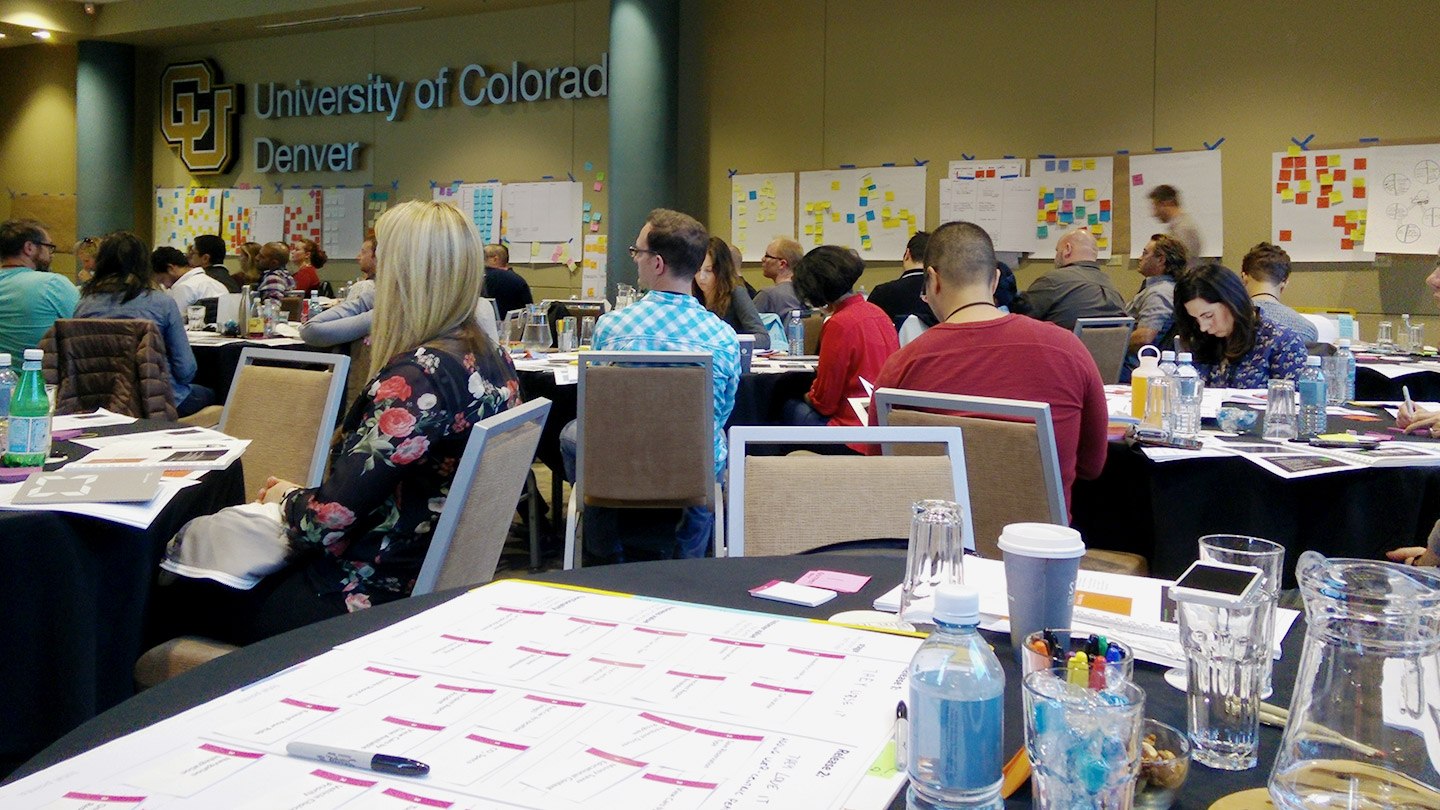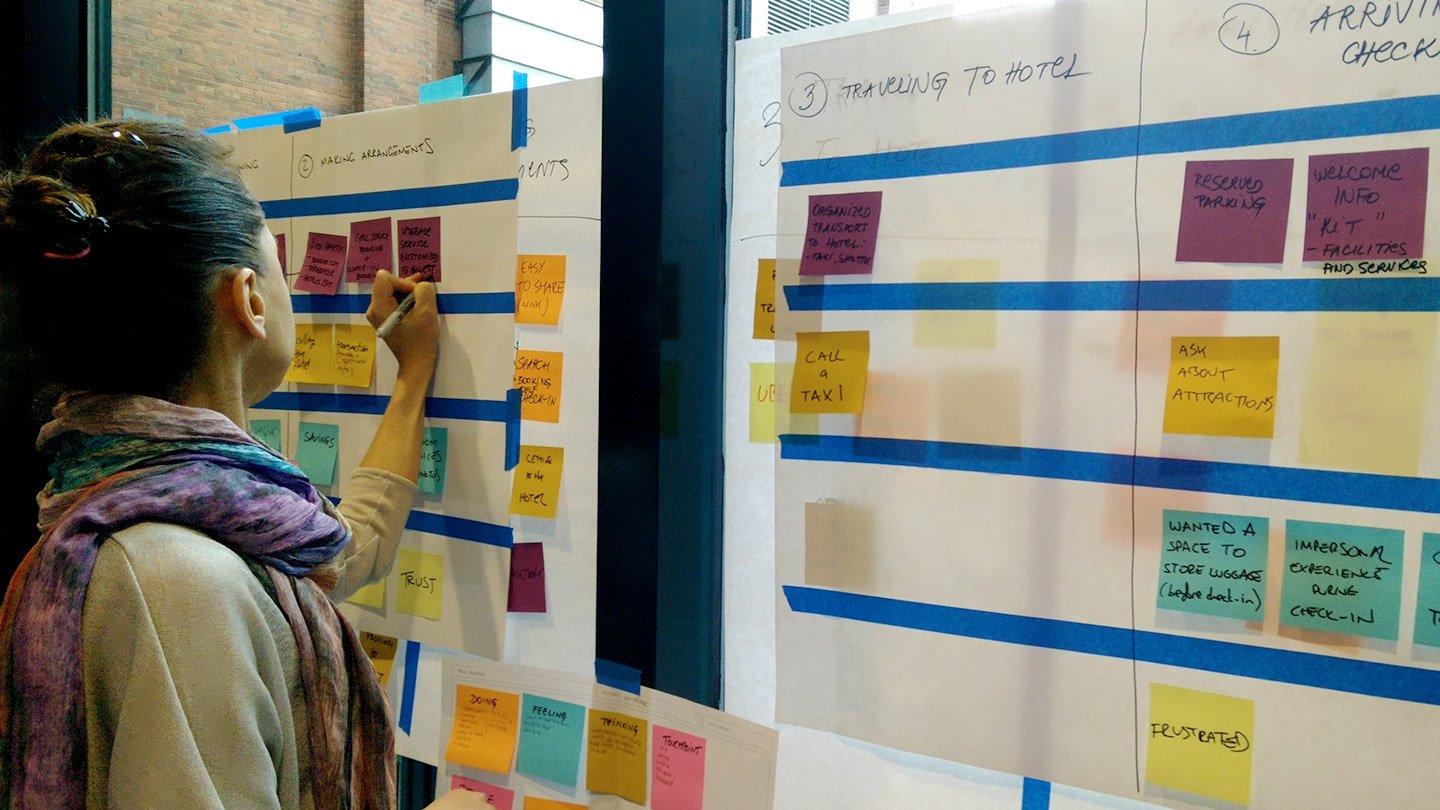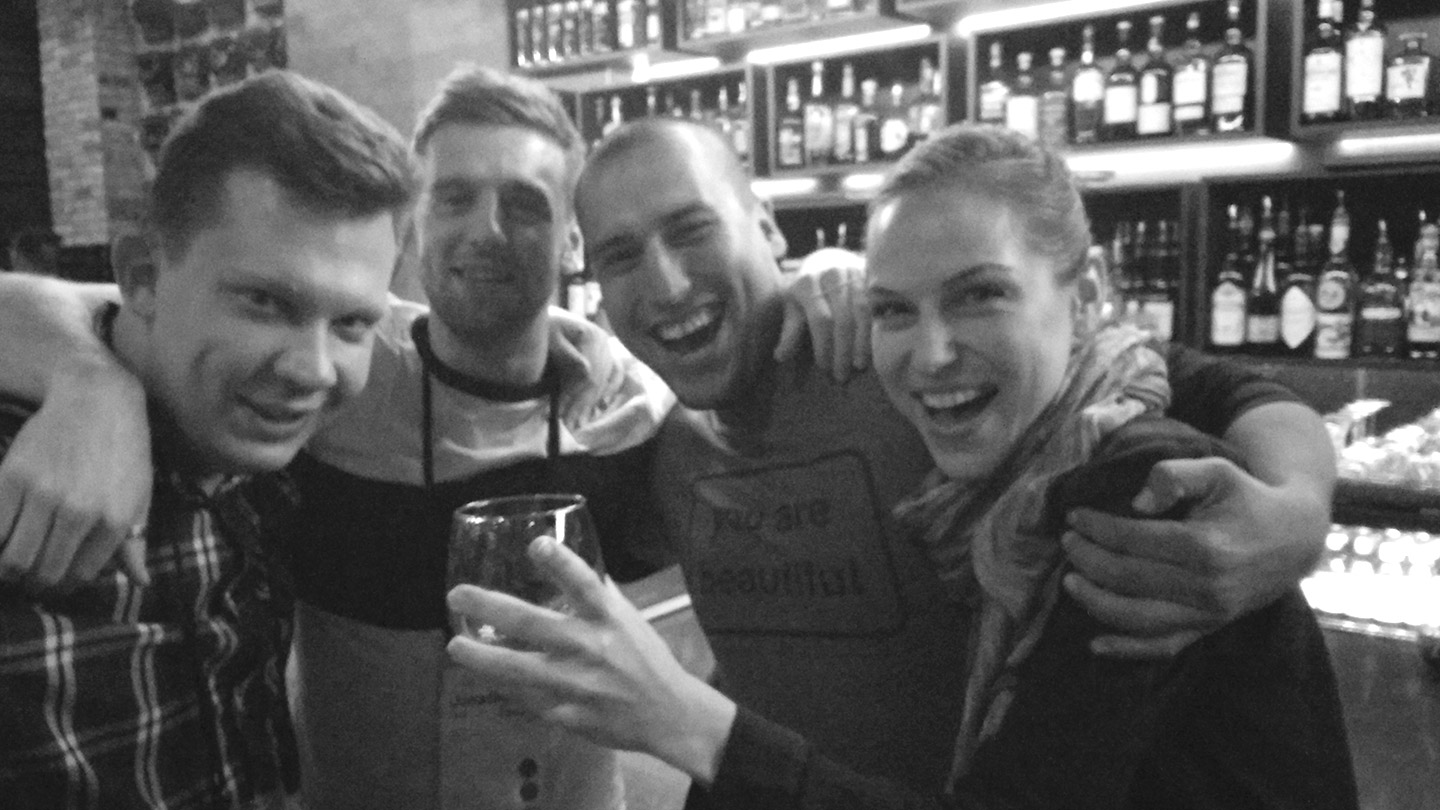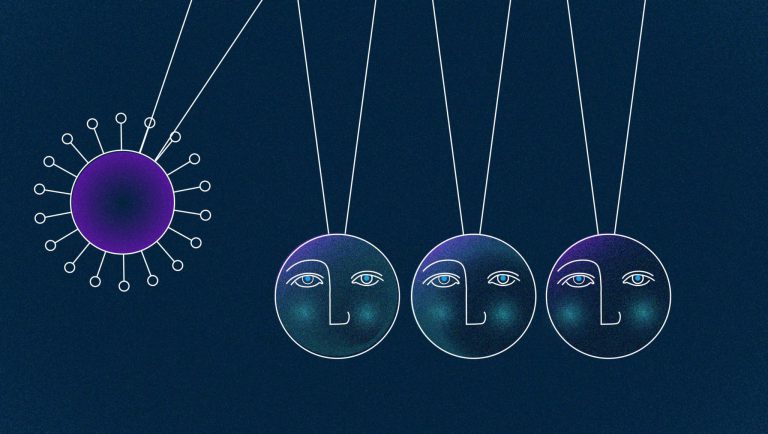
Learning Hard & Soft – The Consistency of User Experience
Consistency is one of the most universally understood principles of how we define ‘good’ design. It helps keep users on the right path and excessive cognitive application to a minimum.
As designers, we strive to achieve a sense of consistency in everything we create. It’s a fundamental principle that has gained significance with the advent of digital product design; the springboard for new ways of thinking and evolving both what we design and who we design for.
At Big Motive, we’ve come unstuck from time to time when carrying out user research prior to designing new products for clients. The further we dig in search of deep, meaningful insights about the people we’re designing for, the less consistent the pattern looks.
How can we achieve consistency in our strategic efforts when the subject of human-centred design is plainly unpredictable? How can user experience as a discipline be standardised when the practical insights are based almost exclusively on empirical evidence? Consistency and complexity just don’t play nice together.
With these questions in mind, I recently packed my bags for Denver, Colorado and set off for Adaptive Path’s acclaimed UX Intensive programme. I hoped to return with a revitalised sense of clarity; a scramble of perceived ideals untangled into a string of coherent justification. I wanted to uncover the secret to achieving consistency in UX. I expected to acquire a new bag of tricks and tools for achieving consistency in future projects… happy days.

The four-day programme spanned ‘Everything UX’; from design research to interaction design. It helped to reaffirm what I believe we do here at Big Motive. It also gave me a platform to share new ideas with many of the programme delegates. And so my search for consistency began.
Day one: Design strategy. We assessed the tools required to put design thinking into business – and vice versa. We considered the balance between thinkingand doing, about the value proposition in the digital products we seek to create and where ‘co-value’ lies in each. I remember thinking there should be less of a linear path between thinking and making – more a constant, synchronous feedback loop between the two.
“How could this cyclical flow of thought and effort help disrupt the context for which we were designing?”
New ideas, new processes but no obvious pattern and no consistency at this point.
Day two: Design research. This was an opportunity to delve deeper into the client’s ecosystem and create tangible thoughts. ‘Doing’ and ‘making’ were put to one side. The pursuit of bulletproof tools and frameworks made way for conceptual thought, investigation and processes for gathering and organising information.
Day three: Service design. This was the day the penny dropped. On paper, it seemed this day would pass me blandly by. A day that I would learn the least – it turned out to be quite the opposite. I work for a business that designs and develops digital products, not ‘services’. As such, service design is something that doesn’t seem overly relevant to my craft.

Well, it probably isn’t. But the planning required in designing services really helps you refocus on what’s most important as a digital product designer, someone who designs user experiences: the user. Humans.
In the case of designing services, understanding the needs of stakeholders, employees, actors, agents and end-users – and encouraging all parties to work together is paramount to the creation of value and distinction. This is also what we strive for in the development of digital products. Collaboration is key. We don’t design in a vacuum, assuming our idea will work and everyone will love it just as much as we do. This is the where the secret revealed itself. This is where consistency lives.
It’s not the tools we use, the diagrams we draw, the order in which we do things. It’s in our ability to facilitate collaboration with client, stakeholders, audiences and others. Our willingness to truly understand the context we’re designing for, the interactions between those who matter and where the value lies for all involved.
What’s required to make this happen is a designer with soft skills. Not just someone who can put pen-to-paper, pixel-to-canvas, context-to-idea—instead, someone who can move diverse groups of people together to collaboratively solve complex problems. It’s the hardest thing to do – especially for us designers. And because it’s where we typically struggle, it inevitably becomes the least consistent tool in our repertoire.

I left UX Intensive with a striking inescapable lesson. The holistic thinking employed to devise robust high quality services that can be delivered with consistency forces us to think of user experience beyond the paradigm of the interface. To remember that user experience is about people and systems.
We shouldn’t strive to standardise our approach to designing products. UX tools and frameworks should never be wholly consistent across all projects. That’s just not fair on anyone. Tools, approaches and processes should be deployed in response to empirical evidence collected during your planning and strategy development. In my experience, this is unpredictable at best and most certainly never looks the same.
So perhaps consistency is the wrong thing to search for. Great experiences should feelconsistent, yes. But great design requires something much more esoteric and hard to define… a combination of art, science, engineering and softskills.


